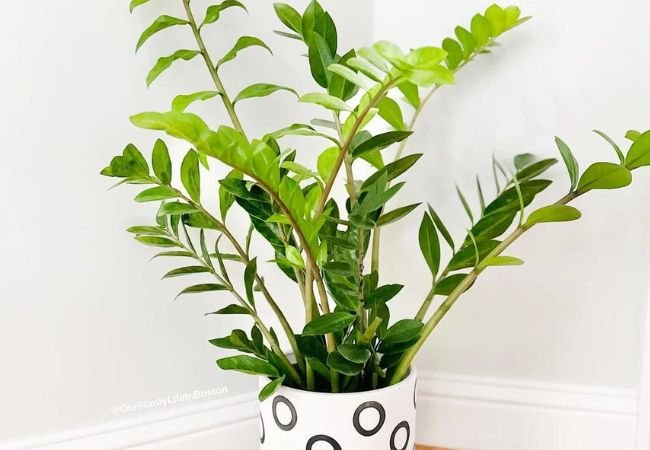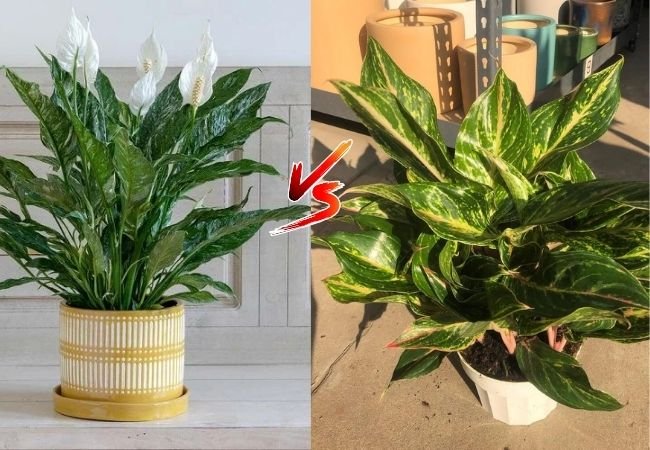Find out which houseplants are best kept indoors and why they struggle with outdoor environments. Explore plants that flourish inside and tips for their optimal care.
Many people think all plants would do better outdoors. But some plants actually prefer life inside our homes. Let’s explore which houseplants are best kept indoors and why they struggle outside.
Why Some Plants Prefer Indoor Life
Before we dive into specific plants, it’s helpful to understand why some plants do better indoors:
- Controlled environment: Homes have steady temperatures and humidity
- Protection from elements: No harsh sun, wind, or rain
- Fewer pests: Indoor plants face fewer insect problems
- Consistent care: It’s easier to maintain a regular care routine indoors
Top Houseplants That Thrive Indoors
Let’s look at some popular plants that prefer life inside your home.
1. Snake Plant (Sansevieria)

Snake plants are tough and adaptable. They’re perfect for indoor life because:
- They tolerate low light conditions
- They need very little water
- They can handle dry air
Snake plants struggle outdoors because they’re sensitive to cold and can get sunburned in direct light.
2. ZZ Plant (Zamioculcas zamiifolia)
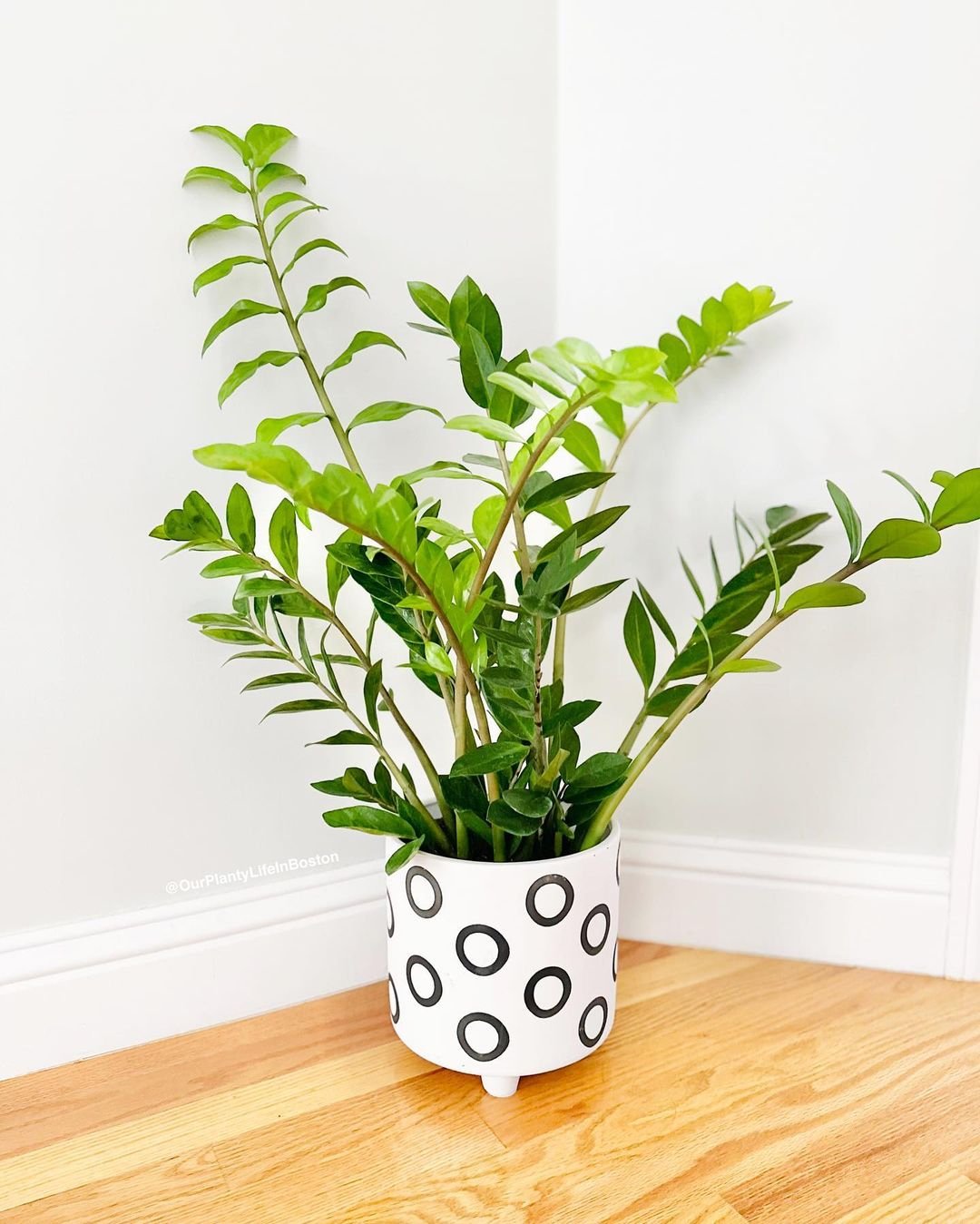
ZZ plants are known for being nearly indestructible indoors. They prefer indoor life because:
- They can survive in very low light
- They’re drought-tolerant
- They don’t like temperature changes
Outdoors, ZZ plants can easily get too much water from rain and may suffer in direct sunlight.
3. Pothos (Epipremnum aureum)
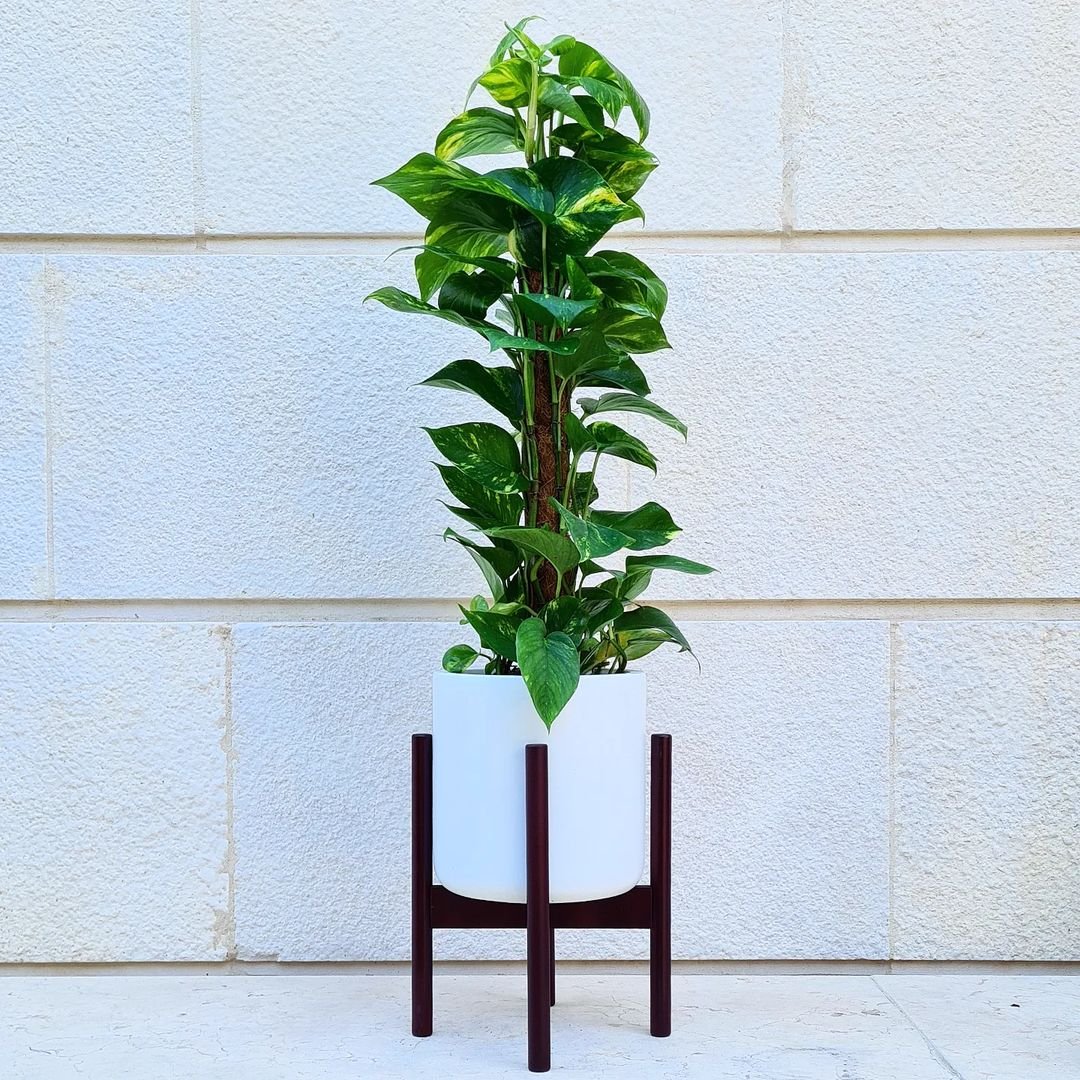
Pothos is a popular trailing plant that does best indoors. Here’s why:
- It can grow in a variety of light conditions
- It tolerates dry air well
- It’s easy to control its growth indoors
Outside, pothos can become invasive in warm climates and doesn’t tolerate cold well.
4. Chinese Evergreen (Aglaonema)
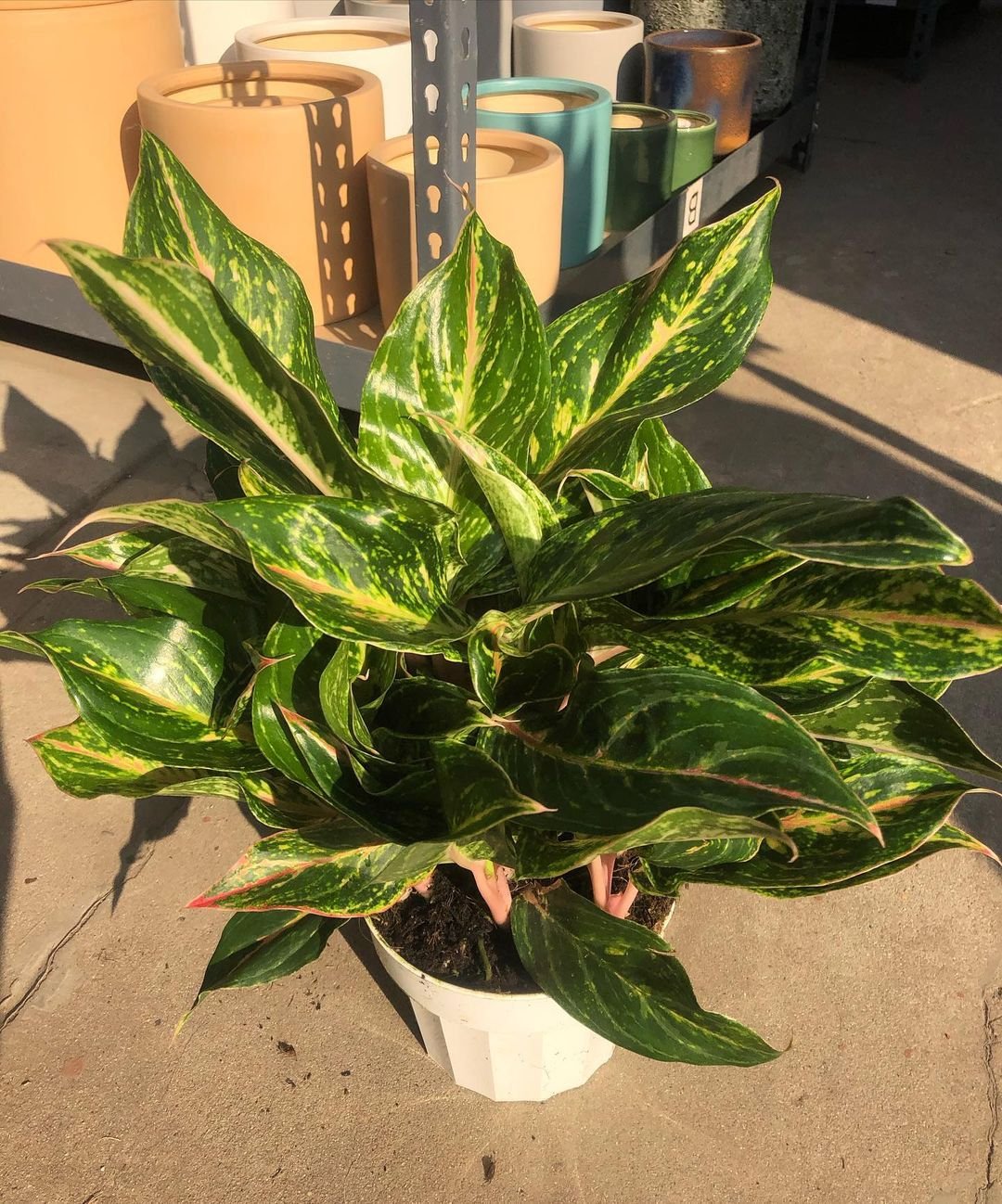
Chinese Evergreens are beautiful, low-maintenance plants that thrive indoors because:
- They do well in low to medium light
- They like consistent temperatures
- They prefer the stable humidity of homes
Outdoors, Chinese Evergreens can get damaged by direct sun and don’t tolerate cold or wind.
For more info on Chinese Evergreens, check out the University of Florida’s guide.
5. Peace Lily (Spathiphyllum)
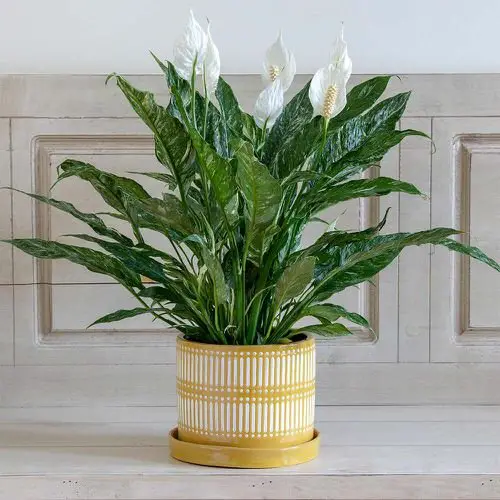
Peace Lilies are known for their air-cleaning abilities and prefer indoor life because:
- They like the consistent moisture levels indoors
- They do well in low to medium light
- They prefer warm, stable temperatures
Peace Lilies can quickly wilt in outdoor conditions and are sensitive to direct sunlight.
6. Dracaena
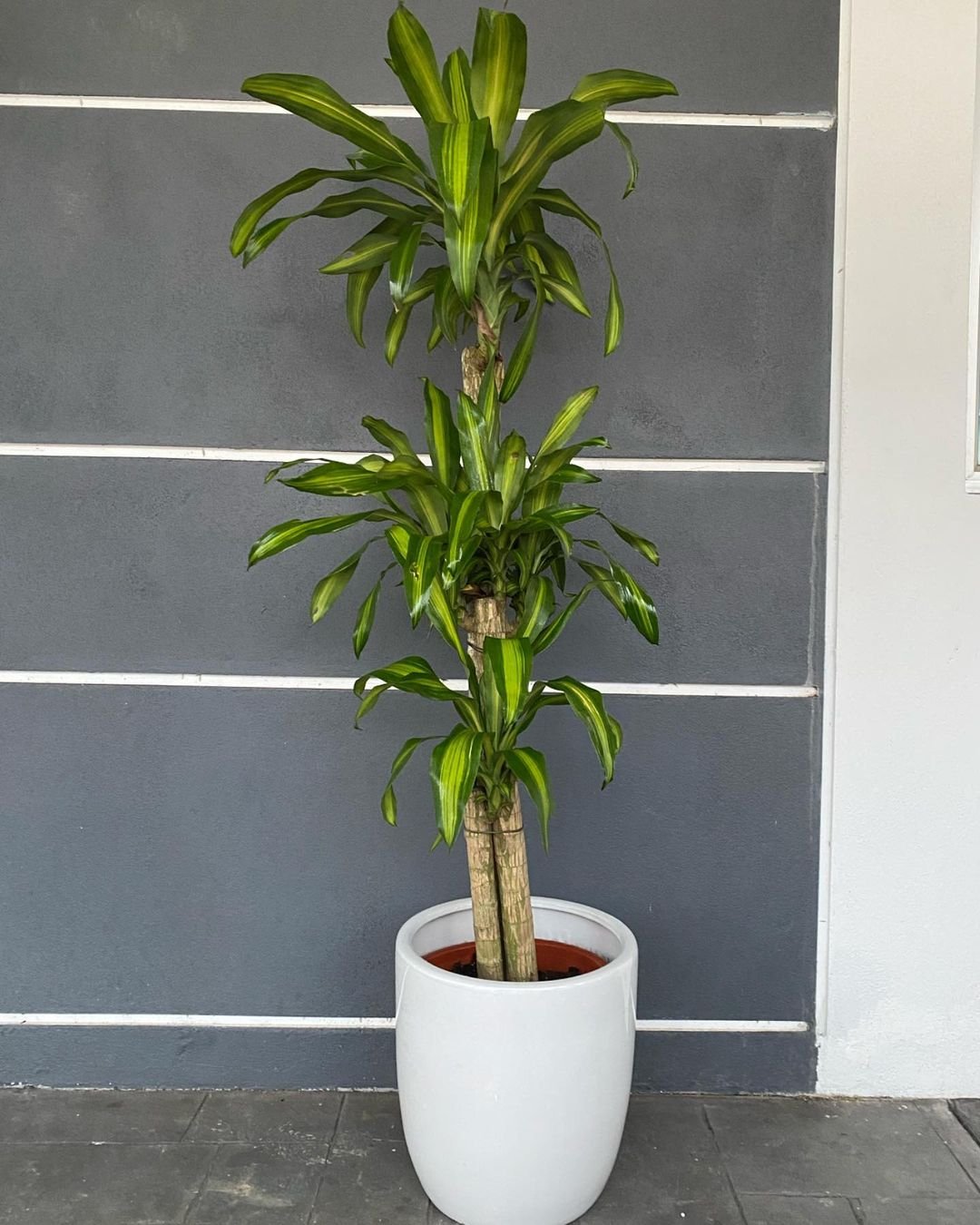
There are many types of Dracaena, and most prefer indoor conditions because:
- They adapt well to indoor light levels
- They like stable temperatures
- They’re sensitive to overwatering, which is easier to control indoors
Outdoors, Dracaenas can suffer from sunburn and are very sensitive to cold temperatures.
7. Philodendron
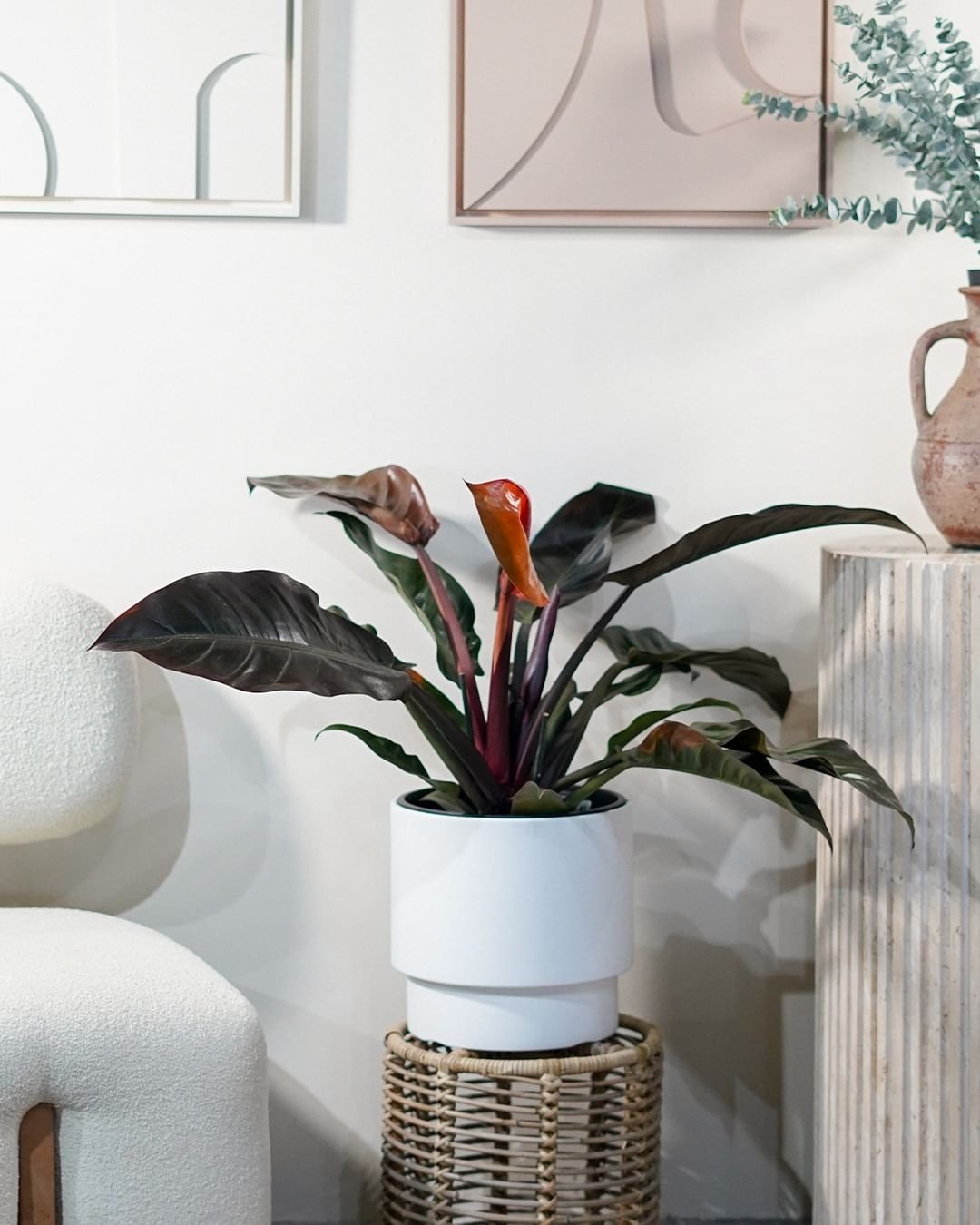
Philodendrons, both climbing and non-climbing types, do well indoors because:
- They adapt to a range of indoor light conditions
- They like the consistent humidity in homes
- They’re easy to shape and control indoors
In outdoor settings, philodendrons can become invasive and are sensitive to cold and direct sun.
Why These Plants Struggle Outdoors
Now that we know which plants prefer indoors, let’s look at why they have trouble outside:
1. Temperature Fluctuations
Indoor plants are used to stable temperatures. Outside, they face:
- Cold nights
- Hot days
- Sudden temperature changes
2. Direct Sunlight
Many indoor plants are adapted to lower light levels. Outdoors, they can experience:
- Sunburn on leaves
- Bleaching of variegated patterns
- Wilting from too much heat
3. Wind Damage
Indoor plants aren’t used to wind. Outside, they can suffer from:
- Torn leaves
- Broken stems
- Increased water loss
4. Overwatering
Rain can be too much for plants used to controlled watering. This can lead to:
- Root rot
- Fungal diseases
- Nutrient leaching from soil
5. Pests
Indoor plants often have little defense against outdoor pests, including:
- Insects like aphids and spider mites
- Larger pests like slugs or snails
- Plant diseases more common outdoors
Tips for Keeping Indoor Plants Happy
To help your indoor-loving plants thrive, follow these tips:
- Provide appropriate light: Most prefer bright, indirect light
- Water correctly: Let soil dry between waterings for most plants
- Control humidity: Use a humidifier or pebble tray if needed
- Keep temperatures stable: Avoid placing plants near drafts or heat sources
- Clean leaves: Dust leaves regularly to help plants breathe
- Use the right soil: Most indoor plants need well-draining potting mix
Learn more about indoor plant care from the Missouri Botanical Garden.
When to Take Indoor Plants Outside
While these plants prefer indoor life, short trips outside can be beneficial:
- For cleaning: A gentle rain can clean leaves
- For humidity: Brief outdoor time can boost humidity
- For growth: Bright, indirect outdoor light can encourage growth
Always introduce indoor plants to outdoor conditions gradually and bring them in at night.
Choosing the Right Indoor Plant for Your Home
When selecting plants that prefer indoor life, consider:
- Light levels in your home
- Your watering habits
- Humidity in your space
- Temperature fluctuations
- Toxicity if you have pets or small children
Embracing Indoor Plant Life
Not all plants need to go outside to thrive. Many houseplants are specially adapted to indoor conditions and will live their best lives in your home. By understanding which plants prefer indoor life and why, you can create a thriving indoor garden that brings nature into your living space without the challenges of outdoor gardening.
Remember, even though these plants prefer indoors, they still need care and attention. With the right conditions and care, your indoor plants can flourish and bring beauty and clean air to your home for years to come. Happy indoor gardening!
For more gardening tips and plant care guides, visit usagardenhub.com

